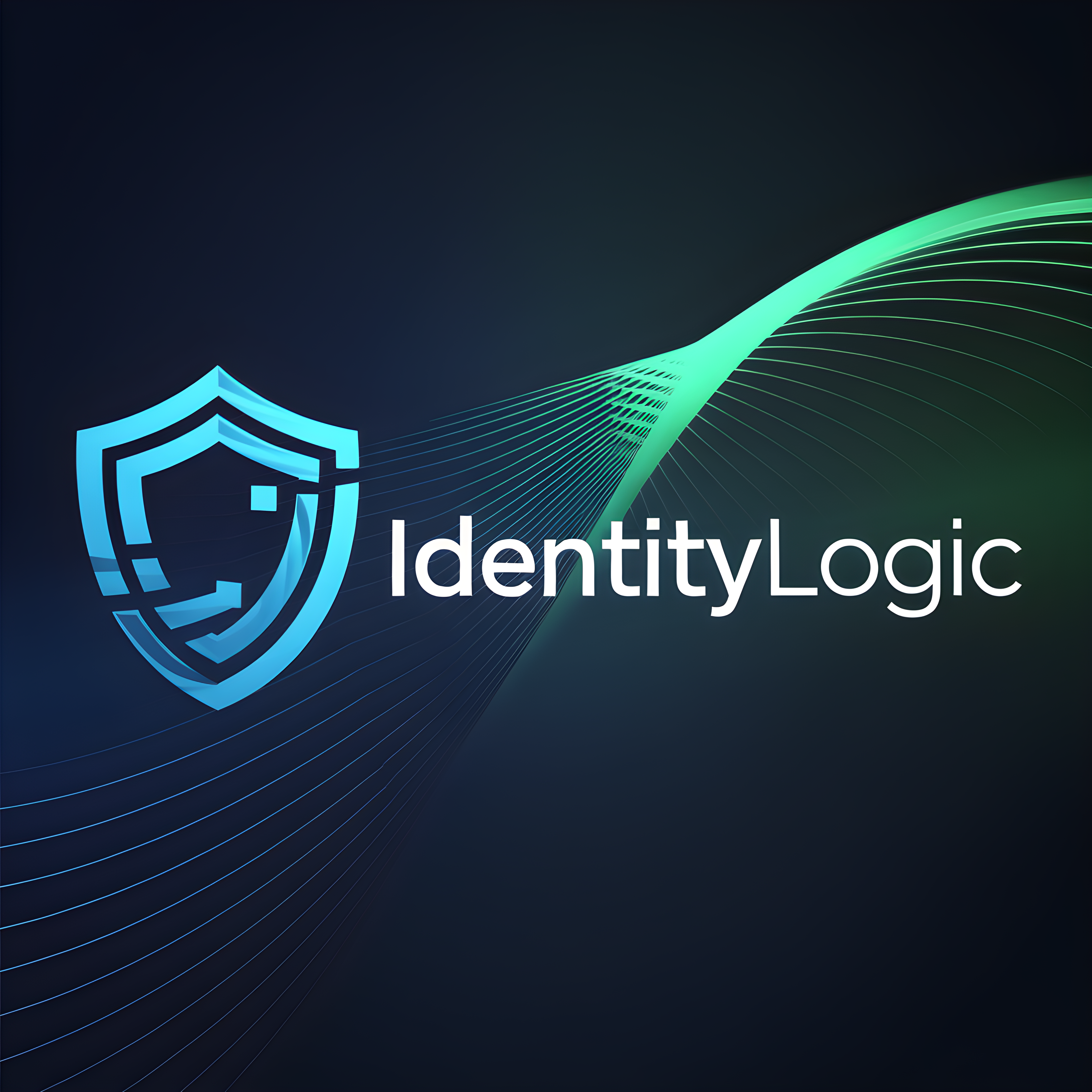Understanding the Fundamentals of Modern Access Control
- IdentityLogic Team
- May 12
- 4 min read
In today's digital landscape, protecting sensitive information is more critical than ever. As companies continue to adopt advanced technologies, access control becomes a vital component of their security strategy. Understanding the fundamentals of modern access control enables organizations to implement robust security measures effectively.
What is Access Control?
Access control refers to the selective restriction of access to data or resources. This concept is fundamental in both the physical and digital realms. In a physical sense, it might involve locking doors or using key cards, whereas, in the digital sphere, it includes software and systems that manage who can access information and resources.
The importance of access control
Implementing access control systems not only protects valuable information but also ensures compliance with regulatory requirements. Organizations that fail to put adequate security measures in place risk exposure to data breaches, financial loss, and reputational damage. A study by IBM highlighted the average cost of a data breach to be approximately 3.86 million dollars. Hence, investing in effective access control is a strategic move for any business.

Different Types of Access Control
Access control systems can be categorized into several distinct types. Each type has its methods and processes, so understanding them can help organizations identify which system will work best for their needs.
Role-Based Access Control (RBAC)
RBAC is one of the most commonly implemented access control methods. In this system, access permissions are assigned based on a user's role within an organization. For instance, a manager may have access to confidential financial information, while an intern would not.
Statistics reveal that organizations using RBAC systems can reduce security risks by over 50%. This accessible and secure method ensures that employees only have access to the data they need to perform their job duties.
Mandatory Access Control (MAC)
In MAC systems, access rights are granted based on regulations determined by a central authority. This framework is especially common in government and military organizations. For example, classified information may only be accessible to individuals with the appropriate clearance level.
Discretionary Access Control (DAC)
DAC systems allow users to control access to their resources. A classic example would be a file owner who decides who can view or edit their documents. This flexibility can sometimes lead to security vulnerabilities, as users may not always make informed decisions about who should have access.

What does an identity and access manager do?
An identity and access manager (IAM) oversees the policies and technologies that manage user identities and access in an organization. Their responsibilities include:
User Provisioning: Creating and managing user accounts across multiple systems.
Access Policies: Establishing rules that dictate who can access specific resources.
Compliance Audits: Regularly reviewing access logs to ensure compliance with policies and regulations.
User Training: Educating staff on security protocols and best practices for using digital resources safely.
IAM experts play a crucial role in enhancing an organization’s security posture by integrating both physical and digital access control measures. By implementing effective identity and access management strategies, organizations can better protect sensitive information and maintain compliance effectively.
Technologies Supporting Access Control
In order to strengthen access control measures, various technologies have emerged to aid organizations in managing access efficiently. Some of these include:
Biometric Authentication
Biometric measures, such as fingerprint scanning or facial recognition, are increasingly popular for access control. According to a report, 75% of organizations have already adopted some form of biometric technology. These systems provide a higher level of security, as they rely on unique physical traits that are difficult to replicate or forge.
Multi-Factor Authentication (MFA)
MFA requires users to verify their identity through multiple methods before gaining access. For example, a user may need to enter a password and then verify a code sent to their mobile device. This layered approach to security reduces the risk of unauthorized access significantly.
Access Control Lists (ACL)
ACLs are settings that define which users or groups have access to specific resources. For instance, if a new project folder is created, an ACL can restrict access to those involved in that project, ensuring others cannot view or modify those files.

Best Practices for Implementing Access Control
To truly benefit from access control implementations, organizations should follow these best practices:
Regular Reviews: Conduct periodic audits of user access levels to ensure that permissions align with current job roles and responsibilities.
Least Privilege Principle: Always provide users with the lowest level of access necessary for their job roles. This reduces potential exposure in case of compromised credentials.
User Education: Inform employees about security risks and best practices for safe access to organizational resources.
Monitor Access Logs: Regularly check access logs for any unauthorized attempts and take immediate action when anomalies are detected.
Update Security Measures: Stay abreast of the latest security trends and technologies, updating systems as necessary to address new vulnerabilities.
The Future of Access Control
As technology continues to evolve, access control methods will also undergo significant transformations. The integration of artificial intelligence (AI) and machine learning in access control will offer enhanced security through more intelligent and adaptive systems. Predictive algorithms could one day identify unusual access patterns and proactively prevent potential breaches.
Additionally, the rise of remote working means that organizations will need to focus on cloud-based access control solutions that ensure employees can securely access resources from anywhere. Keeping track of security in a hybrid working environment will be paramount, as security risks can quickly escalate.
In summary, understanding the fundamentals of modern access control is a vital skill for organizations aiming to offer a secure environment for their users. To maintain confidentiality and data integrity, companies must prioritize effective access control solutions. With the right tools and best practices in place, organizations can mitigate risks, enhance security, and ultimately foster a stable digital ecosystem.




Comments